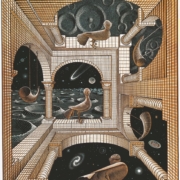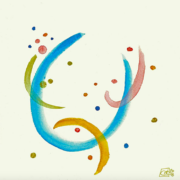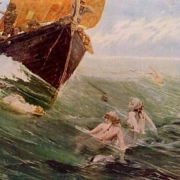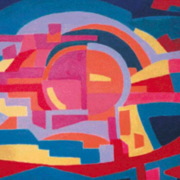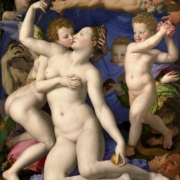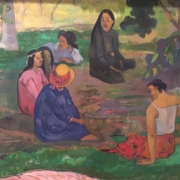Adolescents and smartphones in art-therapy laboratory
Abstract
This article deals with a group psychotherapy with adolescents in the particular context of an art-therapy laboratory. It aims to describe new possible settings with adolescents and demonstrate how new elements like smartphones can be used as a creative means in a therapeutic relation, just like it is possible to use drawing or Read more

